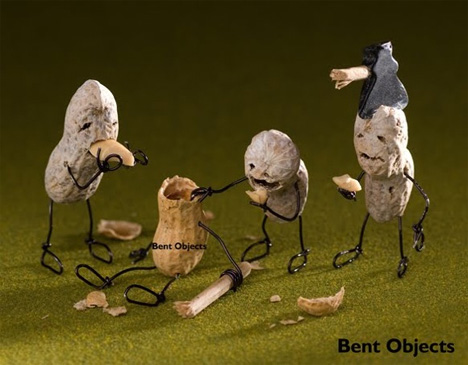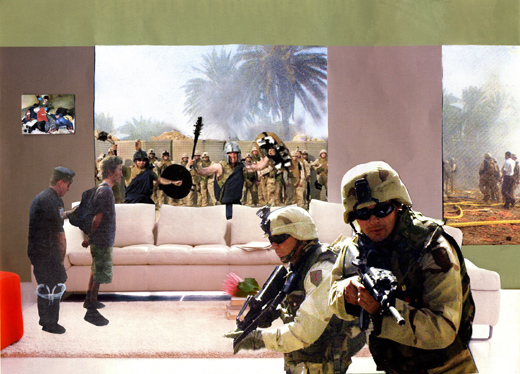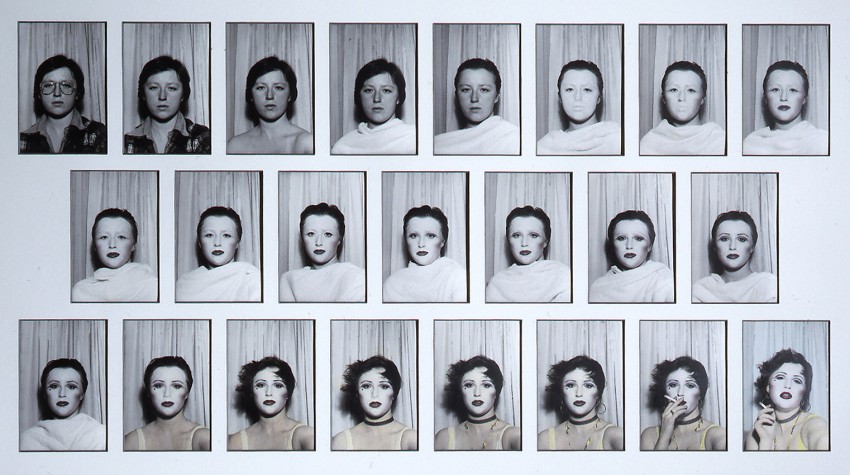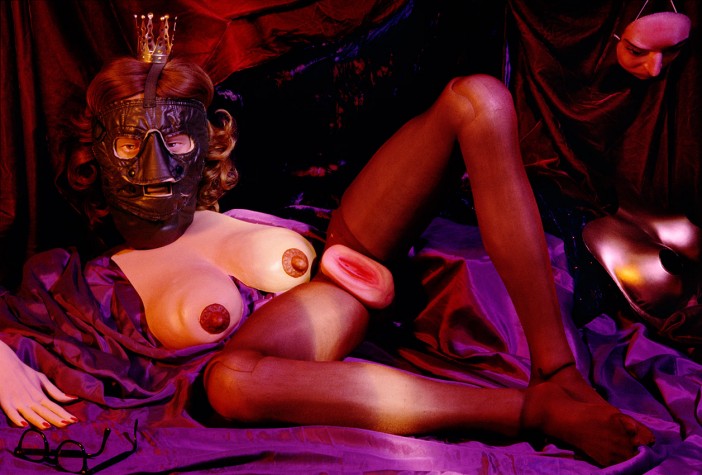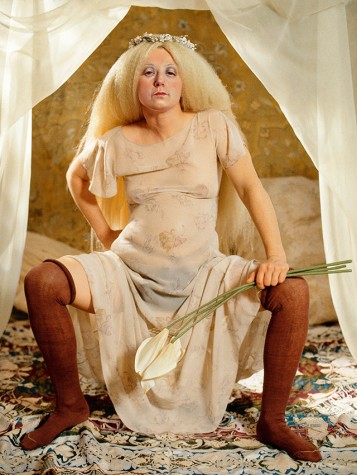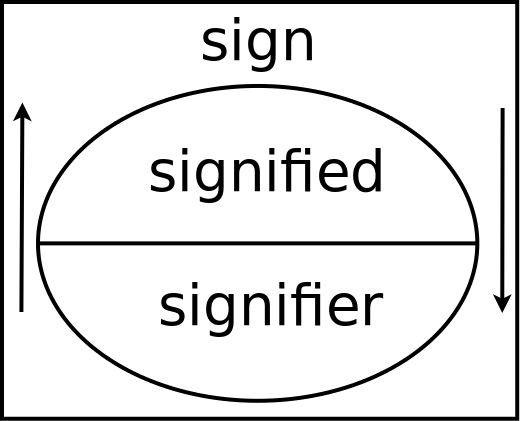Snyder’s one of my favorite directors, as I find his unique film style
very interesting. Due to his use of conventions such as slow motion scenes
during combat, vivid colours, and highly stylised visuals. He also successfully
makes use of green screen regularly in his movies, allowing him to easily place
his characters into any setting that he wants. This method of filming really
interests me, because it allows the writer to easily transport the character
into worlds that otherwise would be impossible to create in the real world.
The way he creates his film worlds is clearly unrealistic, but they are
made with such detail that still makes them believable. This is the thing I
love about films. They can take you to places that do not exist; they’re an
escape from the world you’re in now, and this is what Snyder’s films do.
He even mocks his films with how over the top they are when he says: “It’s kind of fun that
the most realistic movie I probably will make is a movie called “Superman.”
Which shows how crazy my other movies are.” (Roth Cornet, 2011)
Reference
List:
Roth Cornet (2011) Available at: http://screenrant.com/zack-snyder-superman-interview-rothc-106951/
(Accessed at 23rd April 2012)

